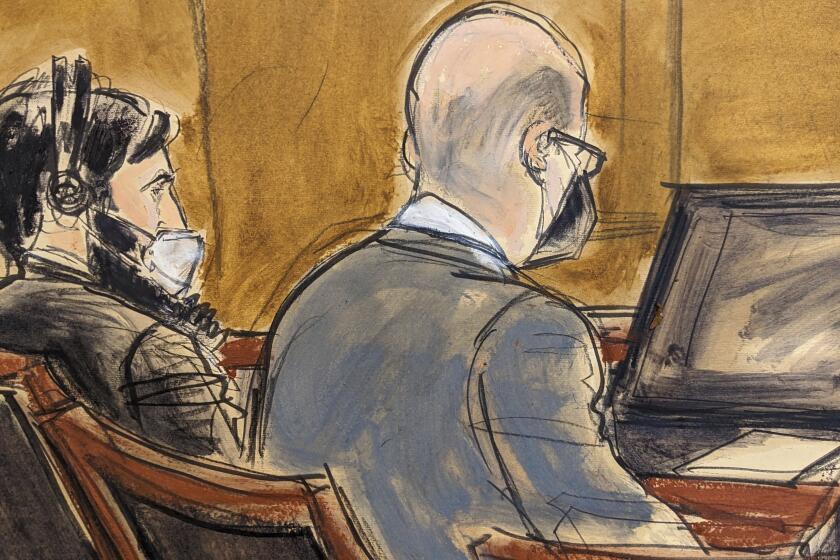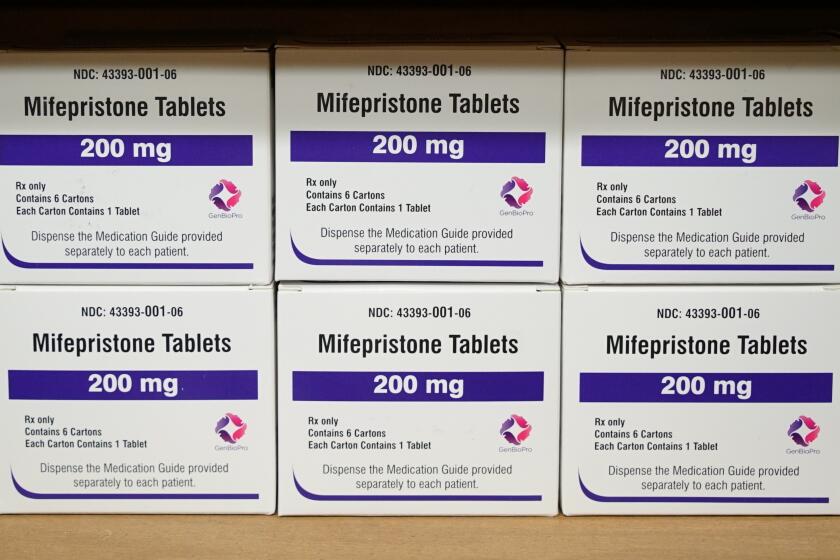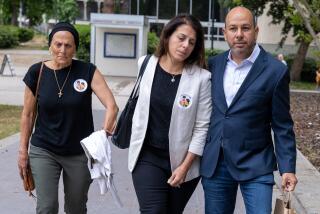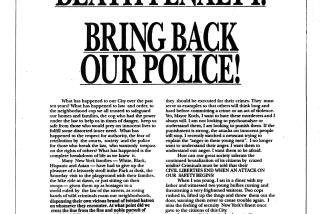NYC bike path killer will get life in prison after jury deadlocks on death penalty
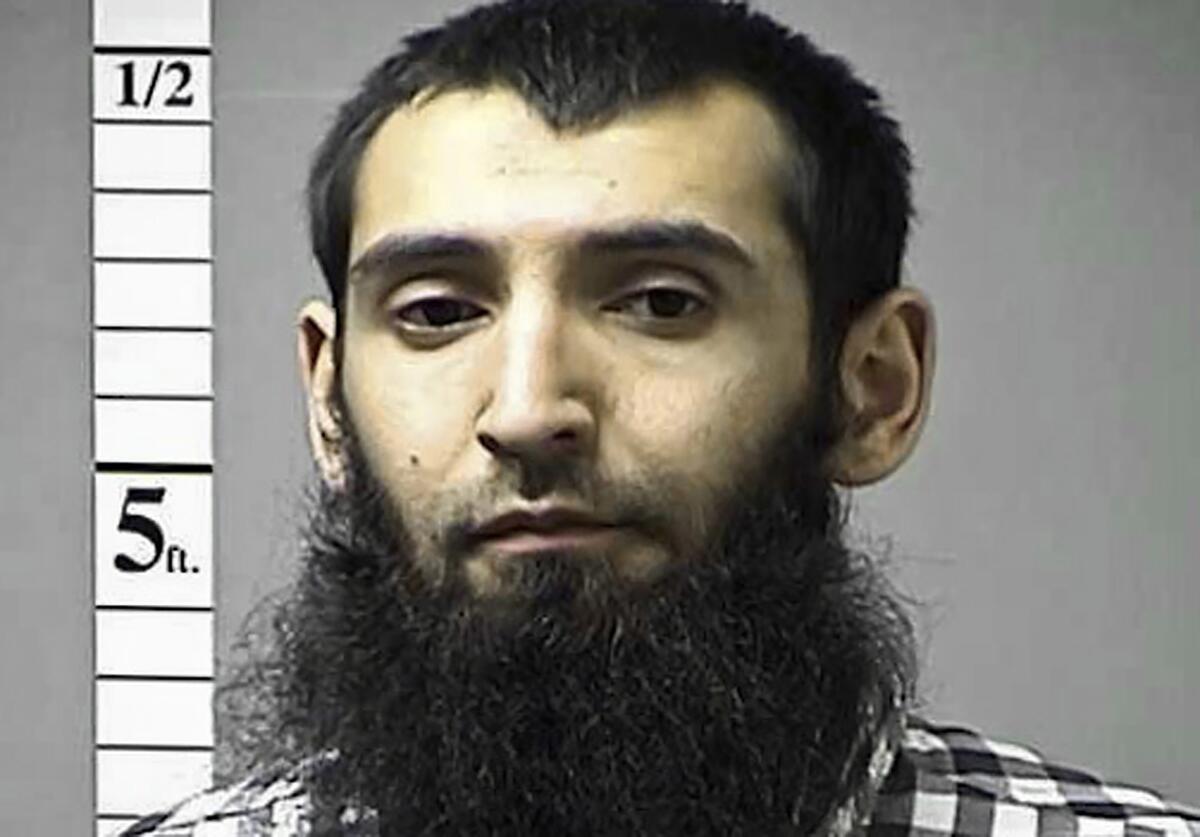
NEW YORK â A split among jurors means there will be no death penalty for an Islamic extremist convicted of maniacally racing a truck along a popular New York City bike path, killing eight people and maiming others.
The decision means Sayfullo Saipov, 35, an Uzbekistan citizen who lived in New Jersey, gets an automatic sentence of life in prison without the possibility of parole in the October 2017 attack. Jurors told the judge Monday that they were unable to reach the unanimous verdict required for a death sentence.
Jurors and attorneys left the courthouse afterward without speaking to reporters gathered in the rain outside. Before he was escorted out by U.S. marshals, Saipov seemed relaxed and shook hands with a defense lawyer.
In a statement, U.S. Attorney Damian Williams thanked the families of the dead and the survivors âfor their patience and understanding as the legal process played out.â
The verdict was the culmination of a trial that featured emotional testimony from survivors of the attack and relatives of the five tourists from Argentina, two Americans and a Belgian woman who were killed. A formal sentencing date will be set in the future when Saipov can address the court, although his fate is decided.
The same federal jury convicted Saipov in January of 28 charges including murder in aid of racketeering and supporting a terrorist organization.
An Islamic extremist who killed eight with a speeding truck on a popular New York City bike path has been convicted and could face the death penalty.
It returned last month for a penalty phase to decide if he would be sentenced to death or to spend the rest of his life at a maximum-security prison in Florence, Colo.
Inside the courtroom Monday, victimsâ relatives observed as Judge Vernon S. Broderick read a lengthy verdict form in which jurors agreed that prosecutors had proved that Saipov carried out the attack to support the Islamic State group, that he wanted to instill fear in New Yorkers and those who use the bike path, and that he had no remorse.
But they were not in agreement that he was likely to be violent in prison despite the prosecutionâs attempt to prove he would put guards at risk.
They agreed with nearly all mitigating factors offered by the defense, including that life in prison would be harsh, and that the Islamic State group targeted Uzbek migrants and was manipulative in creating terrorists.
Jurors agreed that life in prison provides hope that Saipov may one day understand the wrongfulness of his conduct, and seven agreed there were factors in his life, personal traits, character or background or other circumstances that made them favor a life sentence.
Prosecutors had argued for the harshest punishment. Some of Saipovâs relatives testified that they still loved him and hoped he would realize the evil of his act.
Abortion pills: A Trump-appointed conservative judgeâs upcoming ruling could have the biggest effect in blue states like California. What to know.
Saipovâs responsibility for the killings was never in doubt. His lawyers conceded he steered his rental truck on a sunny day onto a crowded lower Manhattan path in a bid for martyrdom.
Prosecutors said he sped up, trying to kill as many people as he could, and his plan to drive to the Brooklyn Bridge and kill even more was thwarted when he crashed into a school bus. He left the wrecked vehicle shouting âGod is greatâ in Arabic, wielding paintball and pellet guns, before being shot by a police officer.
Prosecutors said he smiled as he asked that an Islamic State group flag be posted on the wall of his hospital room.
While some U.S. states send prisoners to death row with regularity, that kind of outcome is extremely rare in New York, which no longer has capital punishment and last executed a prisoner in 1963.
A day after the attack, then-President Trump tweeted that Saipov âSHOULD GET DEATH PENALTY!â
Biden pledged during his campaign to work toward abolishing federal capital punishment, and no federal executions have taken place since he took office. U.S. Atty. Gen. Merrick Garland imposed a moratorium on executions for federal crimes in 2021, but he has allowed U.S. prosecutors to continue advocating for capital punishment in cases inherited from previous administrations.
Start your day right
Sign up for Essential California for the L.A. Times biggest news, features and recommendations in your inbox six days a week.
You may occasionally receive promotional content from the Los Angeles Times.
During his trial, Saipov seemed moved by testimony from his father and sisters. Otherwise he sat quietly, shoulders slumped, as he listened through headphones to the testimony of victims, including a woman from Belgium who lost her legs, and her husband, who needed brain surgery because of the attack.
Saipov turned down the chance to testify. But during his 2019 pretrial hearing, he lectured the judge about the American legal system, insisting he could not be judged for eight deaths when âthousands and thousands of Muslims are dying all over the world.â
Defense lawyer David Patton had urged a life sentence, saying Saipov would then âdie in prison in obscurity, not as a martyr, not as a hero to anyone.â
Saipov came to the U.S. legally from Uzbekistan in 2010 and lived in Ohio and Florida before moving to Paterson, N.J.
His federal death penalty trial was the first of its kind in New York in a decade.
In 2007 and again in 2013, federal juries in Brooklyn sentenced to death a man who killed two police detectives, but both sentences were reversed on appeal before a judge ruled the killer was intellectually disabled.
And in 2001, a Manhattan federal jury rejected the death penalty for two men convicted in the deadly bombings of two U.S. embassies in Africa after their lawyers argued against making the defendants into martyrs.
The last time a person was executed for a federal crime in New York was in 1954.
More to Read
Sign up for Essential California
The most important California stories and recommendations in your inbox every morning.
You may occasionally receive promotional content from the Los Angeles Times.
